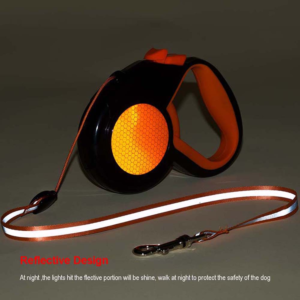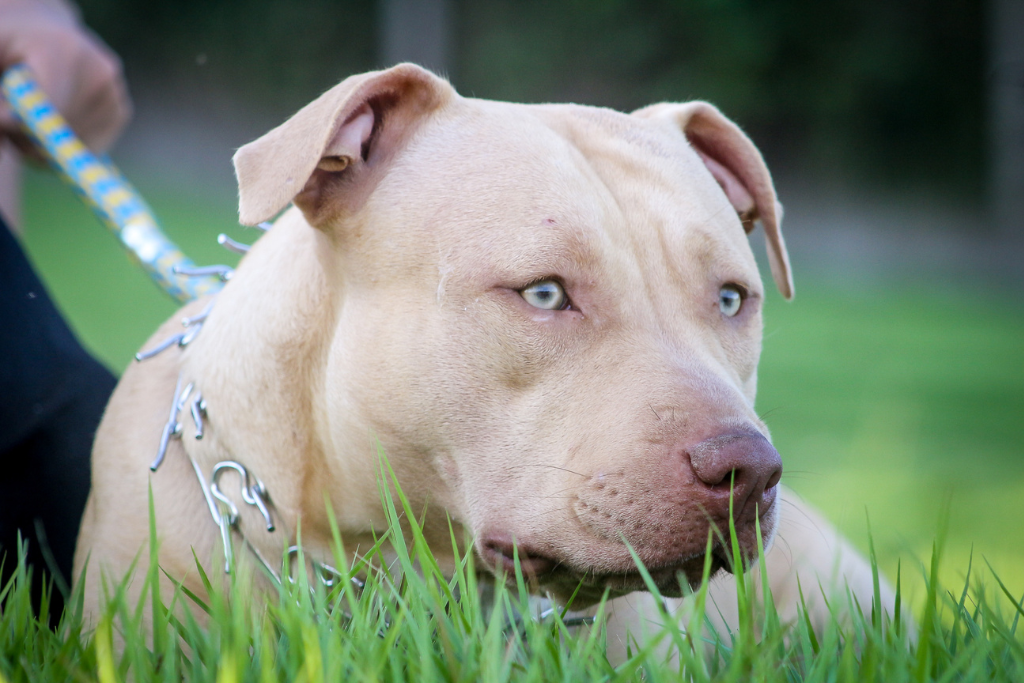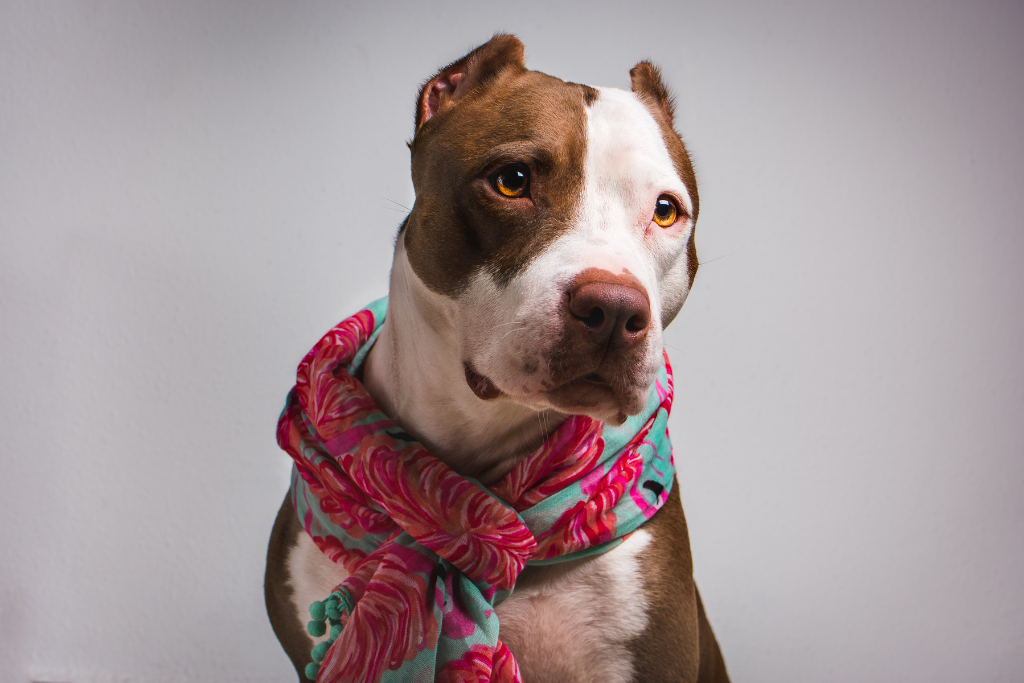Puppies Gear
Different Types of Dog Training Collars: Which One is Right for Your Dog?
Dog training collars are an important tool for effective and efficient dog training.
There are different types of dog training collars, each with its own unique features and purposes. Choosing the right type of dog training collars for your dog can make a significant difference in their training success, safety, and overall well-being.
In this article, we’ll explore the different types of dog training collars available and their purposes, benefits, and limitations. We’ll also provide guidance on how to choose the right type of collar for your dog and how to use it safely and effectively.
Here are some of the different types of dog training collars:
1.Flat Collars
The most common type of dog collar is designed for everyday use. They come in different materials, such as leather, nylon, and cotton, and can be personalized with your dog’s name and your contact information. Flat collars are not designed for training purposes, but they are useful for leash walking and identification.
- They are comfortable and easy for your dog to wear.
- They come in different styles and colors, making it easy to choose one that matches your dog’s personality.
Personalized Printed Collar and Leash for Dog

2.Martingale Collars
Also known as “limited slip collars, these are designed for dogs with narrow heads, such as greyhounds, whippets, and Dachshunds. They are made up of two loops: one that fits around the dog’s neck, and the other that tightens when the dog pulls or tries to back out of the collar. Martingale collars provide more control than flat collars, but they are not designed for corrective training.
- They are designed to prevent your dog from slipping out of the collar.
- They provide more control over your dog’s behavior than flat collars.
Puppies Gear Adjustable Dog Martingale Collar
3.Prong Collars
Also known as “pinch collars, they are designed for dogs that are difficult to control, aggressive, or overly excited. They have a series of metal prongs that apply pressure to the dog’s neck when they pull on the leash. The pressure is designed to mimic the pressure of a mother dog’s teeth on the puppy’s neck, which is a natural way to correct their behavior. However, prong collars are not recommended for inexperienced dog owners and can cause injury if not used correctly.
- They provide more control over your dog’s behavior than flat collars.
- They can be effective in correcting certain behavior problems, such as pulling on the leash.
4.Choke Chains
Are designed to tighten around the dog’s neck when they pull on the leash. The pressure is designed to discourage the dog from pulling, but it can cause injury and damage to the dog’s neck if not used correctly. Choke chains are not recommended for inexperienced dog owners or for small dogs or dogs with respiratory issues.
- They can provide some control over your dog’s behavior.
- They are easy to use and relatively inexpensive.
5.Electronic Collars
Also known as “e-collars” or “shock collars,” they deliver a mild electric shock to the dog’s neck when they misbehave. Electronic collars are designed for off-leash training, hunting, and remote control.
- The shock is intended to be a deterrent and is typically used for off-leash training, hunting, and remote control.
Reflective and Retractable Dog Leash

Choosing the right type of collar
Choosing the right type of collar for your dog depends on his temperament, size, and training needs. Here are some factors to consider when choosing a collar:
Temperament: If your dog is sensitive or easily frightened, a flat collar or martingale collar may be the best choice. These collars provide control without causing pain or discomfort. If your dog is more stubborn or aggressive, a prong collar or electronic collar may be necessary for effective training.
Size: The size of your dog is important when choosing a collar. A collar that is too small can cause choking or injury, while a collar that is too large can slip off or allow the dog to escape. Make sure to measure your dog’s neck before purchasing a collar, and choose a collar that is adjustable.
Training Needs: The type of training you plan to do with your dog will also affect the type of collar you choose. If you plan to do basic obedience training, a flat collar or martingale collar may be sufficient. If you plan to do more advanced training, such as agility or hunting, a prong collar or electronic collar may be necessary.
Using Collars Safely
No matter what type of collar you choose, it’s important to use it safely. Here are some tips for using collars safely:
- Always supervise your dog when they are wearing a collar.
- Never leave a choke chain, prong collar, or electronic collar on your dog when they are unsupervised.
- Use the collar as a training tool, not as a punishment.
- Never jerk or yank on the leash when using a collar.
- Use positive reinforcement to encourage good behavior.
Choosing the right type of collar for your dog is important for effective training and your dog’s safety and well-being. Flat collars and martingale collars are best for basic obedience training, while prong collars and electronic collars are better for more advanced training.
No matter what type of collar you choose, it’s important to use it safely and under the guidance of a professional dog trainer if necessary.



